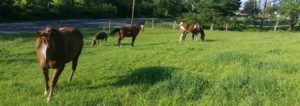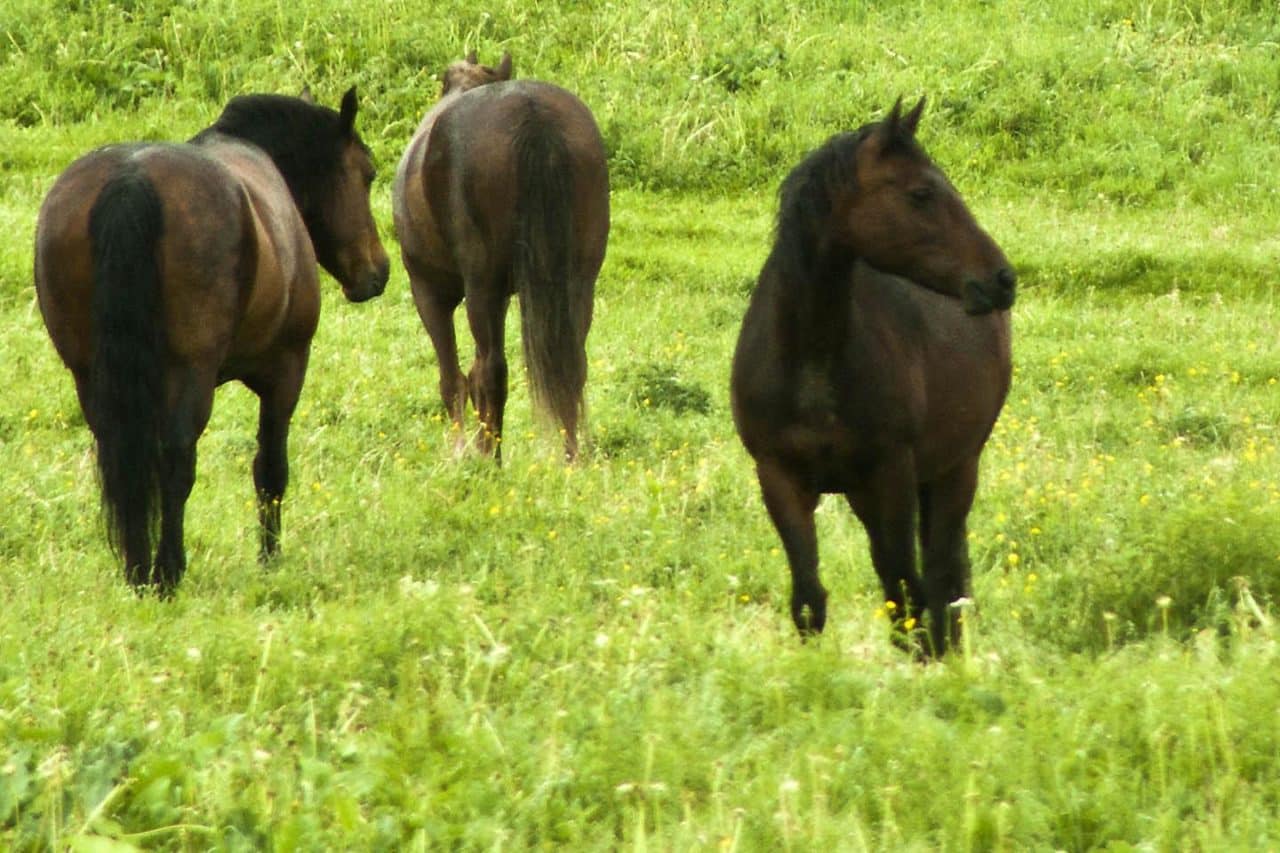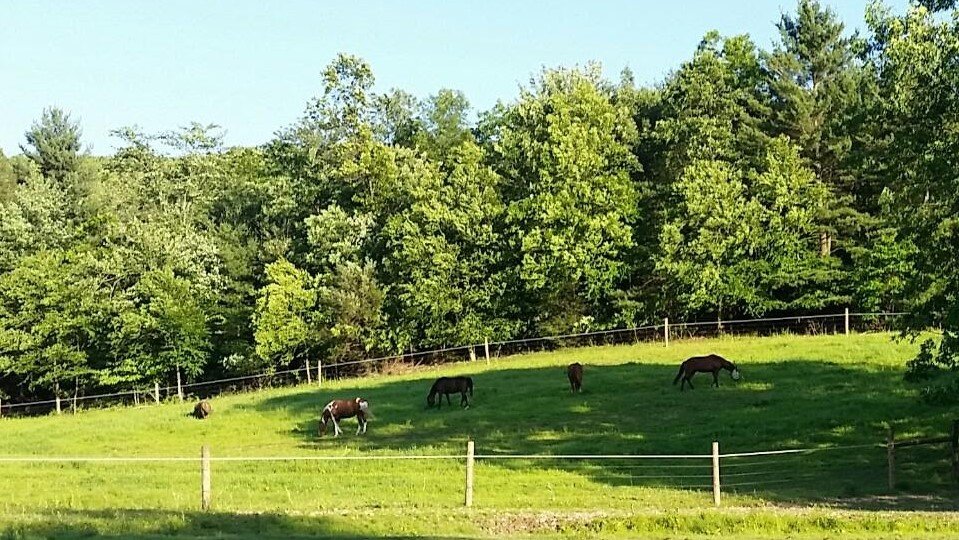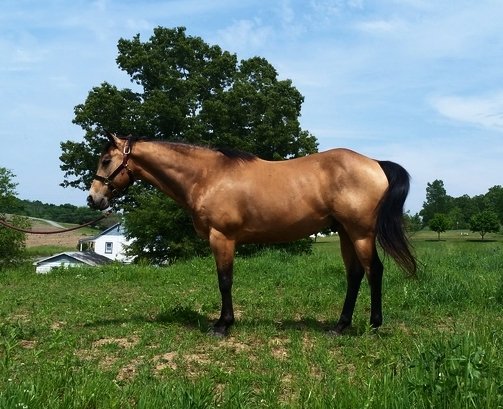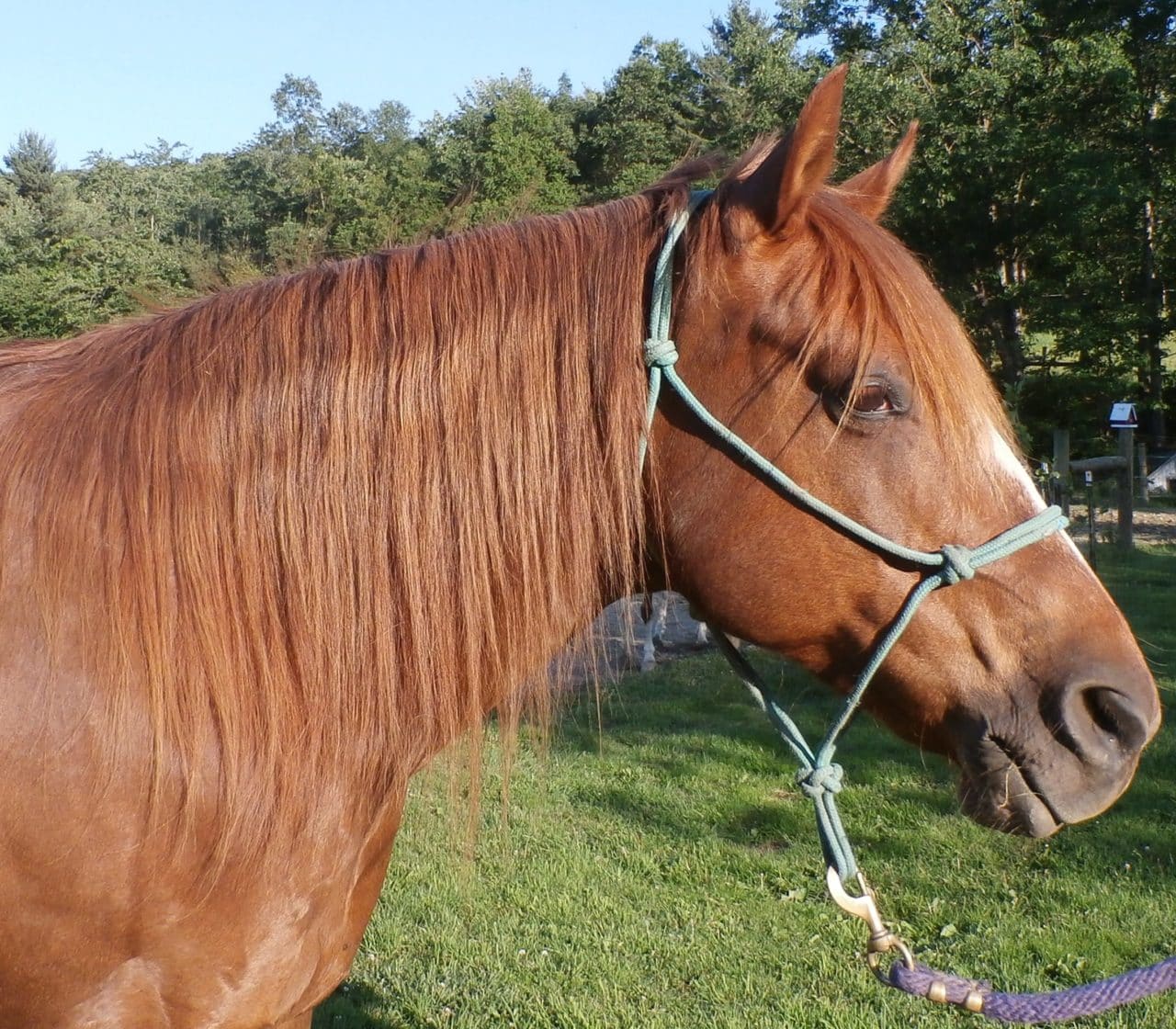
1. A healthy mane and tail starts with a balanced diet
…and a good diet starts with quality forage. I always recommend a high forage diet for any horse. If your horse is stalled and has only hay for forage, then a ration balancer (many feed stores call it a “complete vitamin and mineral supplement”) is necessary to balance out the ration. I use Blue Seal’s Sunshine Plus during the winter when my horses are in paddocks, but what you use will depend on what is available in your area and what nutritional content your horse is already getting from your hay and any concentrates you are feeding.
2. Supplement Biotin
I don’t suggest using one of those expensive, specially formulated supplements that you see advertised everywhere. I prefer to keep it simple. Most local feed mills will have a brown bag biotin supplement behind the counter that is straight biotin and cheaper than fancy horse formulas.
3. Be careful how you brush your horse’s mane and tail
Some people will tell you to brush it every day and braid it up or bag it and all that nonsense.
Don’t.
The only brush that I’ve found that is marketed for horses is the Oster Mane and Tail Brush. You can also go to Wal-Mart and get a wide tooth comb or just use your fingers to pick the tangles out. Just don’t use anything that is metal or has sharp edges.
Whatever brush or comb you go with, you should split the hair into sections and start at the bottom of the hair and work your way up. You shouldn’t be hearing all kinds of ripping sounds from the hair. If the hair is dry and thin, it could take a while the first couple of times to brush it right. Patience is key.
That being said, some people might tell you to not brush your horse’s mane and tail at all. I wouldn’t go to that extreme. You need to pick out wind knots and burs on a regular basis. If the knots get to big they could get caught on something just like a braid or a tail bag. Just be careful not to tear the hair. If the hair is really dry with lots of split ends this could be very tricky and time-consuming at first.
Once you get the horse on a balanced diet, you want to start trimming those split ends off like you would with human hair. They won’t magically disappear. Yes, this will cause some nasty haircuts in the short-term, but it is worth it in the long run.
4. Don’t wash it all the time
You see all those special shampoos you have supposed to be all magical and medicated and treat dry skin and…no, just stop.
Shampoo strips the oils from the coat. It doesn’t matter how “gentle” the shampoo is. Horse hair isn’t like human hair. Human hair get mangy and dirty if you don’t wash it whereas horse hair gets sleek and shiny if you don’t wash it. Don’t project human hygiene on to horses. If your horse is dirty, rinse him off with the water hose. The horses you see in these photos haven’t seen a bottle of shampoo in at least 9 months. For some it’s been up to 3 years. I just rinse with water when their sweaty, elbow grease and good quality brushes when they’re muddy. If they’re really really muddy I apply all the above.
Why can I get away with this? Their coats are so oily the dirt just seems to slide off them. It all comes back to diet, diet, diet.
Healthy on the inside = Healthy and shiny on the outside
Tweet
5. Don’t braid or bag the mane and tail
So many people think that braiding and bagging manes and tails protects the hair. I’ve tried it. In my experience it does the exact opposite. Just the extra weight from the bunched up hair pulls more hair out. Braids and bags get caught on fences, brush, and lord knows what else (because we know that horses will always find something to get caught on) and pull out hair. Braiding and bagging usually goes hand in hand with washing and slathering with products.
No.
Your time and money is better off spent investing in a balanced diet and extra pasture space.
I know this is the hard part, but if you really want results that last, you’re not going to get them over night. It can take a full shedding cycle to really see an improvement but patience, as always, is key. Another key is to have realistic expectations. This method will produce a much thicker mane and tail for your horse. But if you’re starting out with this:
Then ending up with this is an improvement:
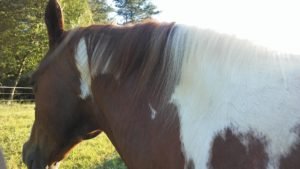
As is this case:
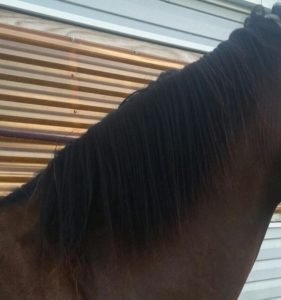
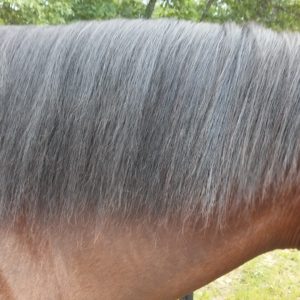
Just remember, healthy on the inside = happy, healthy, shiny, easily detangled pony on the outside
Disclaimer: I am in no way profiting from product promotion in this article. I am not receiving any sort of compensation, monetary or otherwise, for naming these products.

